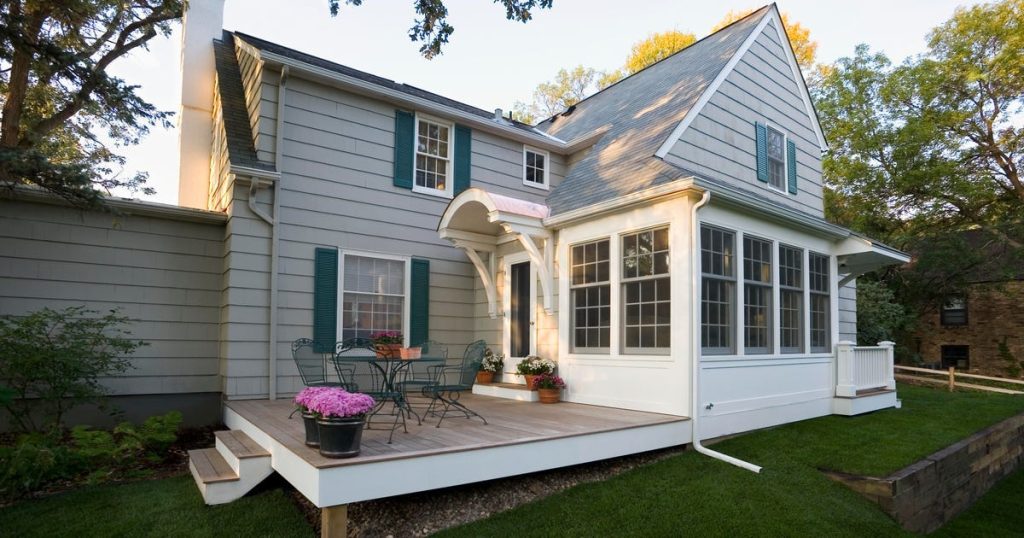A home equity line of credit, or HELOC, is a revolving credit line that you can borrow from to reach personal or financial goals, such as consolidating high-interest debt or funding home improvement projects. You’ll first need at least a 15% to 20% ownership stake in your home to tap into that equity. Because your home serves as collateral for the loan, you could risk foreclosure if you’re not able to pay off your debt.
HELOCs and home equity loans are both good options for homeowners in need of cash, with more affordable interest rates than personal loans or credit cards. Unlike fixed-rate home equity loans, HELOCs nearly always have a variable rate, so your interest rate will change alongside market fluctuations. According to experts, these lines of credit are a good way to reach personal or financial goals, but homeowners must be cautious about the risks associated with the loan and ensure they can comfortably repay the amount borrowed.
The average rates for home equity loans and home equity lines of credit as of April 24, 2024 are around 9%. HELOC rates have risen substantially in response to interest rate hikes by the Federal Reserve since 2022. However, the current trend indicates that HELOC rates should remain steady until later this summer, when the Fed might start cutting interest rates. This makes HELOCs, as variable-rate products, more attractive as borrowers can benefit from lower rates without the need to refinance.
When considering a HELOC, it’s important to compare rates from different lenders to find the best terms for your individual situation. Lenders like U.S. Bank, TD Bank, Connexus Credit Union, Spring EQ, and others offer competitive rates, terms, and perks for a HELOC. These lenders cater to a wide range of states and have different options available for borrowers to choose from, such as interest-only or rate-lock HELOCs, flexible credit union eligibility, good online application user experience, and wide ranges of product offerings.
The process of applying for a HELOC involves meeting certain requirements such as having at least 15% to 20% equity in your home, a good credit score, and stable income. You’ll need to calculate your loan-to-value ratio, engage with multiple lenders to secure the best rate, determine your HELOC credit limits, and send in your application with all relevant financial documentation. When comparing multiple HELOC offers, it’s essential to consider factors like introductory rate periods, rate caps, minimum withdrawals, and other loan terms to ensure you get the most favorable options.
Overall, a HELOC can be a good financing option for homeowners looking to access cash for various needs. It offers flexibility in borrowing, lower interest rates compared to other options, and can be used for various expenses. However, borrowers should be cautious about the risks associated with HELOCs, particularly the potential of losing their homes if they default on the loan. Researching and comparing different lenders can help borrowers secure the best HELOC terms tailored to their financial needs.


